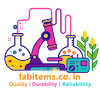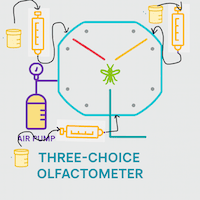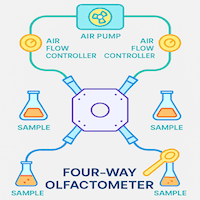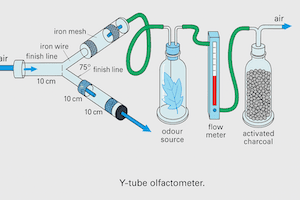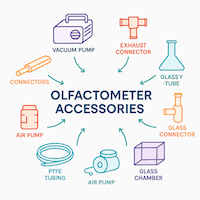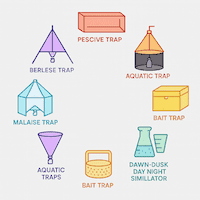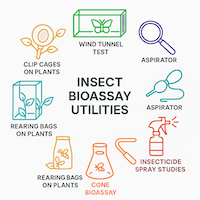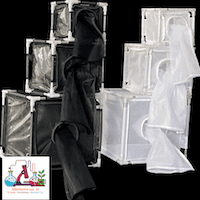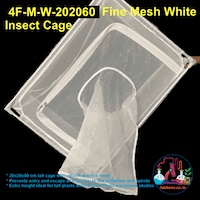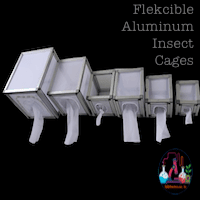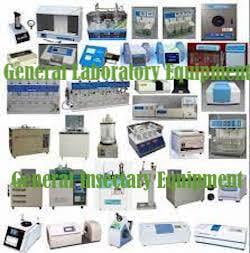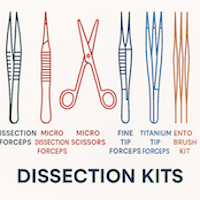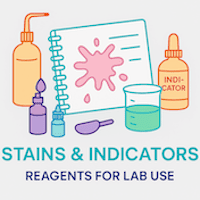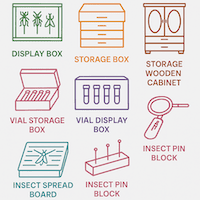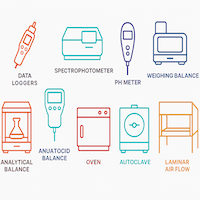DNA Gel Loading Dye
DNA loading dye is an essential component in agarose gel electrophoresis, facilitating the loading and tracking of DNA samples during analysis. The selection of the best loading dye for running DNA involves several critical considerations. Firstly, the inclusion of a tracking dye, such as bromophenol blue or xylene cyanol FF, is crucial for visualizing DNA migration progress and estimating fragment sizes. Additionally, loading dye should contain a density agent like glycerol or Ficoll to ensure DNA samples sink into gel wells, preventing sample loss. Buffers like Tris-acetate-EDTA (TAE) or Tris-borate-EDTA (TBE) maintain pH stability during electrophoresis, optimizing DNA migration. Stabilizing agents such as SDS or EDTA help prevent DNA degradation and maintain sample integrity. Non-interfering agents like sucrose or dextran sulfate provide viscosity without impeding DNA migration. Compatibility with downstream applications, such as DNA visualization and analysis methods, is essential to ensure accurate results. Finally, ease of use and compatibility with standard protocols are crucial factors for practical implementation. By considering these aspects, researchers can select an optimal loading dye that enhances the efficiency, accuracy, and reliability of DNA electrophoresis experiments, facilitating robust data interpretation and analysis.
Tracking Dye: The tracking dye serves as a visual marker during electrophoresis, allowing researchers to monitor the progress of DNA migration and estimate fragment sizes. Bromophenol blue and xylene cyanol FF are commonly used tracking dyes. These dyes migrate through the gel at predictable rates relative to DNA fragments of various sizes, providing reference points for DNA size estimation.
Density Agent: Glycerol or Ficoll is added to increase the density of the DNA loading dye solution, ensuring that the samples sink into the wells of the agarose gel. This prevents sample loss and ensures even loading of DNA samples. The density agent also aids in sample visualization, as it helps the samples sink to the bottom of the well.
Buffering Agents: The buffering agents in DNA loading dye, typically Tris-acetate-EDTA (TAE) or Tris-borate-EDTA (TBE) buffers, help maintain a stable pH environment during electrophoresis. This ensures optimal DNA migration and stability throughout the gel. The buffer also provides ions that conduct the electric current necessary for DNA movement through the gel matrix.
Stabilizers: Stabilizing agents like SDS (sodium dodecyl sulfate) or EDTA (ethylenediaminetetraacetic acid) may be included to prevent DNA degradation and maintain sample integrity. SDS denatures proteins, including nucleases, which could degrade DNA. EDTA chelates divalent cations that could promote DNA degradation by nucleases.
Non-Interfering Agents: Ingredients such as sucrose or dextran sulfate may be added to provide viscosity to the loading dye solution without interfering with DNA migration. These agents help maintain the integrity of the DNA samples and prevent sample loss during loading.
A common recipe for 6x DNA loading dye
DNA loading buffer (6X)
30% (v/v) glycerol
0.25% (w/v) bromophenol blue
0.25% (w/v) xylene cyanol FF
Store at 4°C.
To prepare 5ml of 6x DNA Loading Buffer, combine the following:
• 1.5ml Glycerol
• 0.0125g bromophenol blue
• 0.0125g xylene cyanol FF
Bring to 5ml final volume with distilled or deionized water, and vortex to mix. If dye particulates remain after mixing, centrifuge and dispense the supernatant into a fresh tube.
An example protocol to prepare 6x Loading Dye
Materials:
Sterile distilled or deionized water
10% (v/v) Glycerol
0.25% (w/v) Bromophenol blue dye
0.25% (w/v) Xylene cyanol FF dye (optional)
RNase-free water (if working with RNA)
Magnetic stir plate (optional)
Magnetic stirring flea (optional)
Duran bottle
Measuring cylinder
Beakers
Centrifuge (optional)
Recipe:
Prepare the 6x Stock Solution:
Step 1 In a clean beaker, measure the desired volume of sterile distilled water (5 mL is a common amount).
Step 2 Add 1.5 mL of 10% glycerol.
Step 3 Weigh out 0.0125 g of bromophenol blue dye.
Step 4 If using, weigh out 0.0125 g of xylene cyanol FF dye.
Step 5 Add the weighed dyes to the water/glycerol mixture.
Step 6 Stir the solution gently to dissolve the dry ingredients. You can use a magnetic stir plate and flea for better mixing.
Step 7 Bring the final volume to 5 mL with additional sterile distilled water. Vortex the solution to mix thoroughly.
Step 8 If any dye particulates remain, centrifuge the solution and transfer the supernatant to a clean Duran bottle.
Store the Stock Solution:
Store the 6x loading dye stock solution at 4°C. It should be stable for long-term storage (over a year).
Preparing a Working Solution:
Dilute the 6x stock solution 1:5 with sterile distilled water or RNase-free water (depending on your experiment). For example, add 1 µL of 6x dye to every 5 µL of your DNA sample.
Mix the diluted solution well before loading it into your gel wells.
Tips:
You can prepare larger volumes of the stock solution by multiplying all the quantities in the recipe by the desired factor.
The 6x loading dye can precipitate over time. If this happens, warm the solution slightly and vortex to re-dissolve the precipitate before use.
Different examples of DNA loading dye
